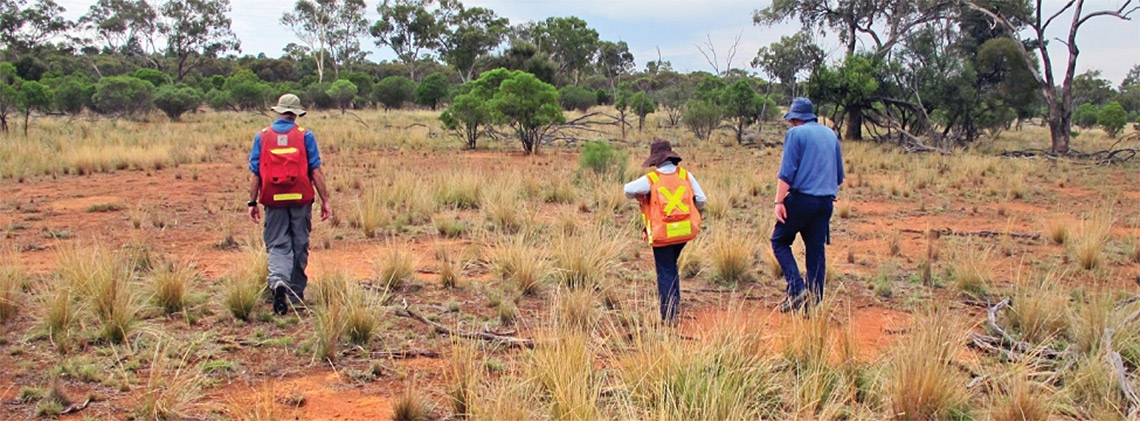Exploration Geology: Keys to success

Geological Foundation
SRK Consulting
James Siddorn, Principal Consultant (Structural Geology) World-class deposits are becoming increasingly hard to discover, even with exploration expenditures having reached all-time highs in 2012. Industry performance has declined, fewer discoveries are turning into mines and their conversion is taking longer, and over the past decade the average cost of discovery has tripled (Schodde, 2017). There is also recently a trend towards exploring deeper and under cover. As a result, numerous conferences and courses have focused on techniques for exploring better—including at depth and under cover—which largely incorporate the use of geochemistry and geophysics to see through cover (DMEC-PDAC, 2015). The reason for their use lies in the fact that modern exploration is predominantly data-driven and focused on the direct detection of mineralisation. In greenfields exploration this may include defining geochemical or geophysical anomalies, whereas brownfields exploration often concentrates on data integration and geophysical testing, especially in sulphide systems.
